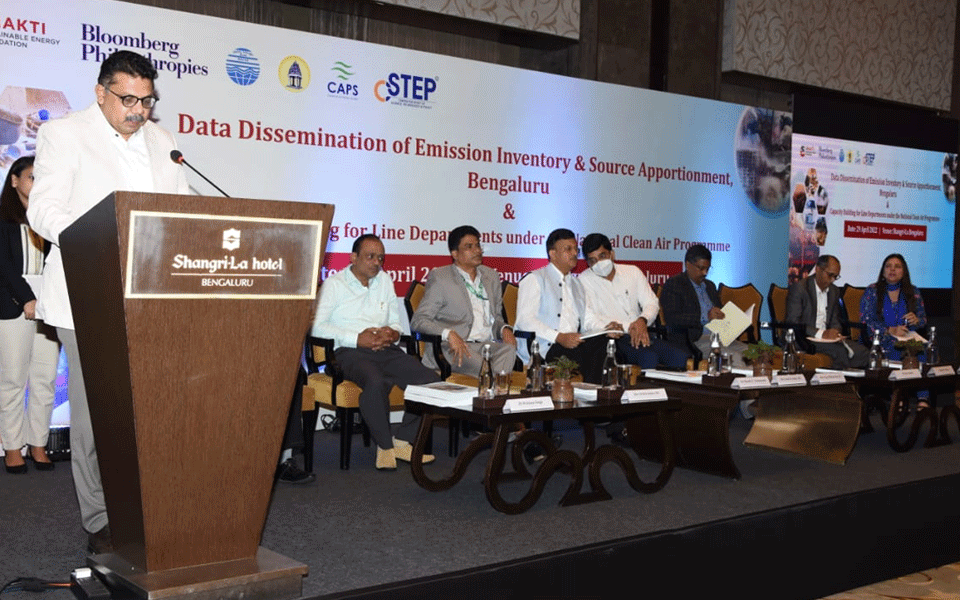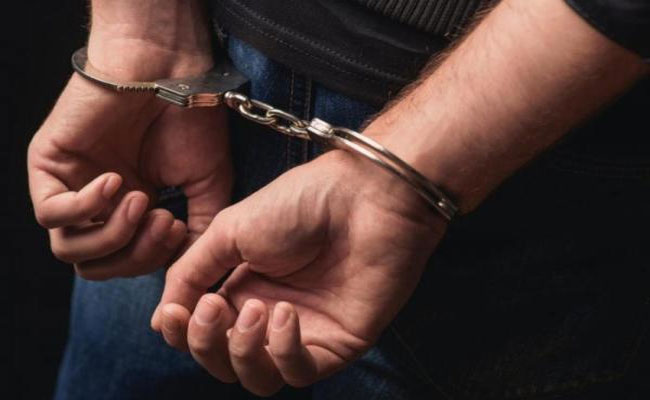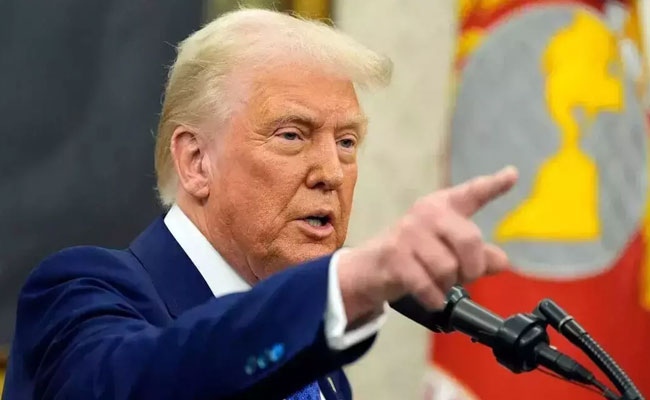Bengaluru: The Karnataka State Pollution Control Board (KSPCB) on Friday said they will be analyzing their city action plans using two recent air pollution source assessment studies in their efforts to improve air quality across the state.
While Bengaluru's deteriorating air quality is a cause for concern, studies released by the Center for Study of Science, Technology, and Policy (CSTEP) have revealed that measures targeted at polluting sources can help lower pollution levels.
According to CSTEP’s research released earlier this year, the transportation industry is the largest source (40–51%) of particulate matter, followed by road dust resuspension (17–51%). Construction dust, household gasoline, and diesel generators are among the other polluting industries.
Air has suspended particulate matter (PM) of different sizes. Many of these are a complex mixture of dust, pollen, soot, and smoke and they are hazardous. Of this, PM 2.5 is the smaller kind, with a diameter, of not more than 2.5 micrometers (fine particles). PM2.5 is considered to have a very significant health impact as it can stay in the air for days or weeks, and is small enough to invade the lung airways.
The studies, titled "Emission Inventory and Pollution Reduction Strategies for Bengaluru" and "Identification of Polluting Sources for Bengaluru," identified polluting sources/activities or hotspots for the city, which has been a major concern for air pollution regulators and policymakers.
On Friday, April 29, 2022, CSTEP held data dissemination and capacity building event for over 50 Karnataka government officials at Shangri-La, Bengaluru, where findings of the two studies were shared to ensure the implementation of solutions from the studies as well as empower government officials to make informed decisions.
At the workshop, Dr Shanth A. Thimmaiah, Chairman, KSPCB reflected on the need for micro action plans that will help pollution control boards to take effective, result-oriented action toward improving air quality. “The event is an opportunity to evaluate our work. CSTEP’s reports will be used as a base for studying and making clean air action plans for three other non-attainment cities through a Plan-Do-Check-Act approach,” he said.
Shri Vijay Mohan Raj, IFS, Principal Secretary, Ecology and Environment Department, Government of Karnataka, highlighted the need for air guilt—the guilt that comes from knowing that we are contributing to air pollution (and how)—to be felt by all and drive our actions. “To do this, data needs to be presented in simple formats that could be understood even by children. I hope that such reports can bring about last-mile changes to improve air quality,” he said.
CSTEP’s study findings revealed that Bengaluru can see possible concentration reductions of approximately 26.5%, ~13.5%, and ~9.6%, respectively, for high-, medium-, and low-emission reduction scenarios (measures clubbed with varying levels of compliance) for both PM10 and PM2.5 by 2024.
Key measures considered under the scenarios were improvement in public transportation infrastructure, diesel particulate filter installation in trucks, and a strict blanket ban on open waste burning. “Considering Bengaluru’s status as a non-attainment city, conducting a scientific assessment through source apportionment and emission inventory was crucial towards preparing efficient strategies,” said Dr. Pratima Singh, Research Scientist at CSTEP who led the study.


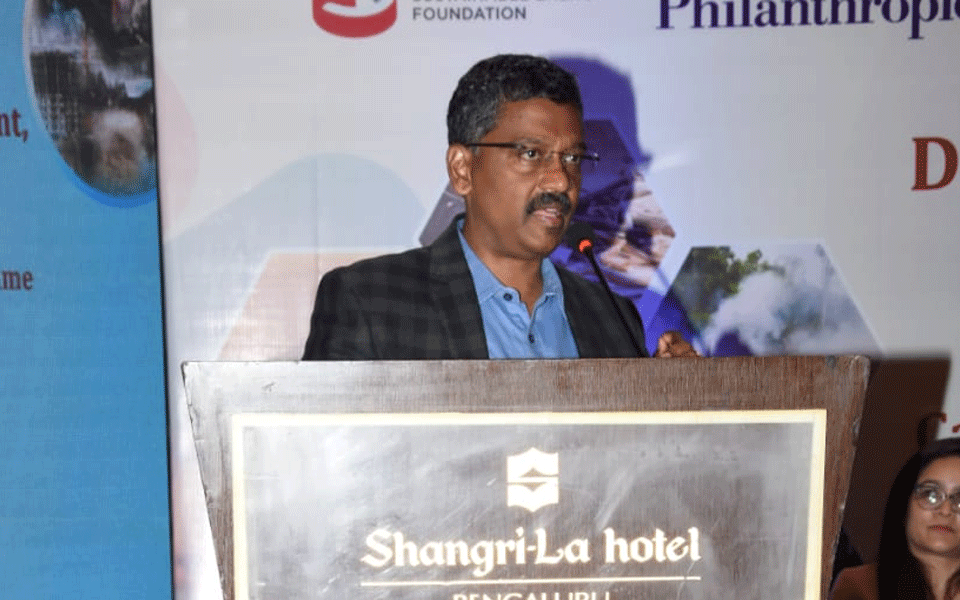
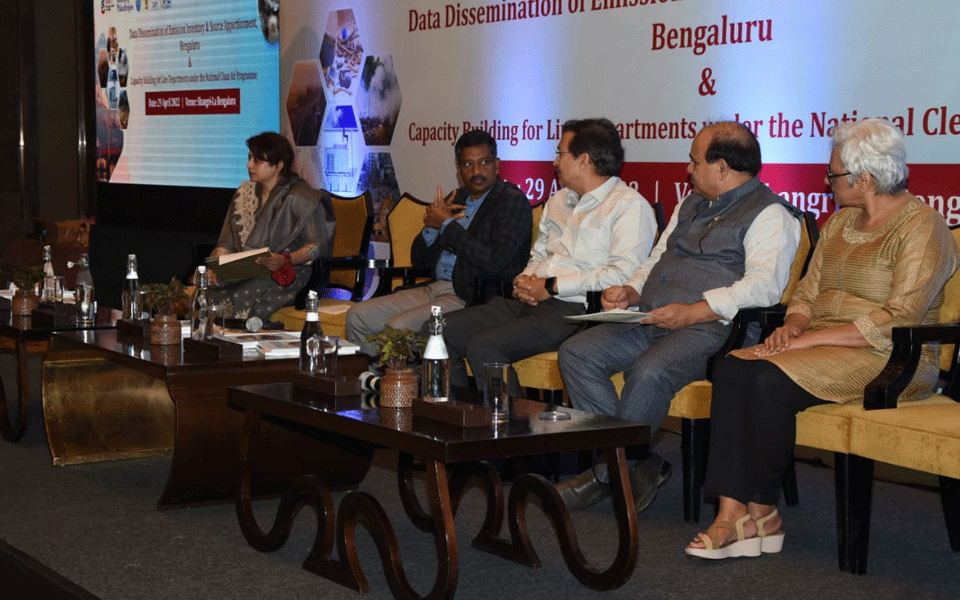
CSTEP—as an Institute of Repute under the National Clean Air Programme—is working with the KSPCB and Bruhat Bengaluru Mahanagara Palike (BBMP) to help implement the recommendations. By training state government officials to use scientific methods to assess air quality through this event, CSTEP hopes to enhance the quality and effectiveness of policy decisions.
Ms Puja Tewary, India Coordinator, Climate and Environment Programs, Bloomberg Philanthropies, said, “Scientific evidence highlighted in the report could inform both line departments and KSPCB in preparing city micro action plans.” She reiterated that mutual collaborations among organizations are essential.
A ‘meaningful’ action plan could be prepared as a result of CSTEP’s studies, said Shri Gaurav Gupta, IAS, Chief Commissioner, Bruhat Bengaluru Mahanagara Palike (BBMP). “The studies highlight vehicular pollution and road dust as the main issues for Bengaluru. We are working on these sectors. Bengaluru is among the fastest-growing cities, and this is the main reason for air pollution,” he added.
Readers can access the study reports at https://cstep.in/publications.php
Let the Truth be known. If you read VB and like VB, please be a VB Supporter and Help us deliver the Truth to one and all.
Addis Ababa (PTI): India and Ethiopia on Tuesday elevated their historical ties to a strategic partnership, as Prime Minister Narendra Modi held wide-ranging talks with his Ethiopian counterpart Abiy Ahmed Ali during which they discussed issues of bilateral and mutual interest.
Modi, who arrived here from Jordan on his maiden bilateral visit, was accorded a ceremonial welcome at the National Palace ahead of the bilateral talks, reflecting the vibrant India-Ethiopia relations rooted in shared history and a promising future.
"We are elevating India and Ethiopia relations to a strategic partnership. This step will provide new energy, new momentum and new depth to our ties," Prime Minister Modi said during the delegation-level talks.
He thanked PM Ali for his support in India's fight against terrorism. "The support of friendly countries in this struggle against terrorism holds great significance," Modi said.
"Today, we got the opportunity to deliberate on the key aspects of our cooperation, such as economy, innovation, technology, defence, health, capacity-building and multilateral cooperation. I am pleased that today, we have decided to double the student scholarship for Ethiopia in India," Modi said.
Modi said that India and Ethiopia have shared contact, dialogue, and exchange for thousands of years. The two countries, which are rich in languages and traditions, are symbols of unity in diversity, he added.
"Both countries are democratic powers committed to peace and the welfare of humanity. We are co-travellers and partners of the Global South. On international platforms, we have stood shoulder-to-shoulder," he said.
The two sides signed eight MoUs/agreements, including upgrading ties to 'Strategic Partnership', customs cooperation, establishing data center at the Ethiopian Foreign Ministry, UN Peacekeeping training cooperation, debt restructuring under G20, more ICCR scholarships and AI short courses for Ethiopians, and support for maternal and neonatal healthcare.
Modi said the African Union's headquarters in Ethiopia makes the country a meeting point of African diplomacy. "Inspired by the common vision of an inclusive world, in 2023, India ensured that the African Union became a G20 member," he said.
In 2023, during India’s G20 Presidency, the African Union was admitted as a permanent member of the G20.
Modi said that though this is his first visit, he felt a deep sense of belonging and warmth, reflecting the thousands of years of connection between the two countries.
On his part, Prime Minister Ali said the two countries share over thousands of years of connection through trade, diplomacy, education, culture and even in our food and traditions. "These ties continue to shape a deep friendship, collaboration and mutual respect between our people," he said.
"We also appreciate your consistent message that Africa's priorities must lead the partnership. These kinds of dignified, respectful messages for Africa are very important. Mr Prime Minister, keep pushing. That is the type of message we are expecting from all our trusted friends," Ali said.
He said this aligned fully with Ethiopia's development plan - African-owned, African-led, and African-defined.
"Today, we meet with a clear focus to shape a modern partnership, grounded in sovereignty, self-reliance and practical cooperation. Our cooperation is rooted in equality and South-South solidarity," he said.
"Our economy is performing strongly. Last year, we grew 9.2% and this year we are expecting 10.3% GDP growth. Besides GDP growth, our FDI inflow is also rising big time. India is the leading source for our FDI," he said.
"We have more than 615 Indian companies which are investing in Ethiopia. This all gives our cooperation a strong foundation of trust. I think our decision today that we elevate our historic relationship to a strategic relationship is the right decision," he added.
Ethiopia also conferred its highest award - The Great Honour Nishan of Ethiopia - on PM Modi. He is the first global head of state to receive this award.
Prime Minister Modi also went to the Friendship Park and Friendship Square in Addis Ababa with PM Ali.
In a warm and special gesture, PM Modi was earlier received by his Ethiopian counterpart at the airport and accorded a warm and colourful welcome.
"Ethiopia is a nation with great history and vibrant culture," Modi said.
PM Ali informed his Indian counterpart about the varieties of Ethiopian coffee during informal talks.
"At Addis Ababa airport, took part in a traditional Coffee Ceremony with Prime Minister Abiy Ahmed Ali. The ceremony beautifully highlights Ethiopia’s rich heritage," Modi said.
In a unique gesture, the Ethiopian Prime Minister drove Modi to the hotel.
On the way, he took a special initiative of taking PM Modi to the Science Museum and Friendship Park, which was not in the itinerary.
"Gratitude to Prime Minister Abiy Ahmed Ali for showing me glimpses of Ethiopian history and culture at the National Palace Museum in Addis Ababa. It was a powerful reminder of Ethiopia’s rich traditions," Modi said in a post on X.
The Nobel Peace Prize-winning Ethiopian PM’s special gestures show remarkable respect for Modi, sources said.
"Thank you Ethiopia for a welcome that was unforgettable. The Indian community showed remarkable warmth and affection. India-Ethiopia friendship is going to get even more robust in the times to come," Modi said.
When Modi arrived at the hotel, he was warmly welcomed by the members of the Indian community. Local artists performed dances. Some of them danced on the theme of the popular Hindi song 'Aisa Des Hai Mera' to welcome him.
On Wednesday, Modi will address the Joint Session of Parliament and share his thoughts on India's journey as the "Mother of Democracy" and the value that the India-Ethiopia partnership can bring to the Global South.
PM Modi arrived in Ethiopia from Jordan, where he held a one-on-one meeting with King Abdullah II at the Husseiniya Palace on Monday before the delegation-level talks.
India and Jordan also inked MoUs in the fields of culture, renewable energy, water management, digital public infrastructure and twinning arrangement between Petra and Ellora, aimed at giving a major boost to bilateral ties and friendship.
From Ethiopia, Modi will visit Oman on the final leg of this three-nation tour.

